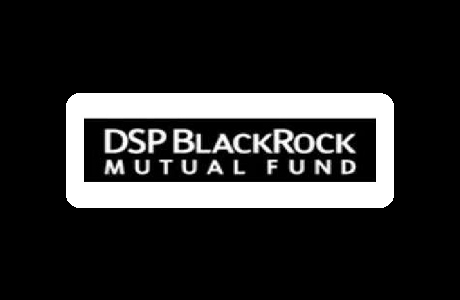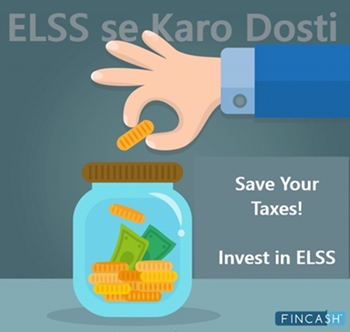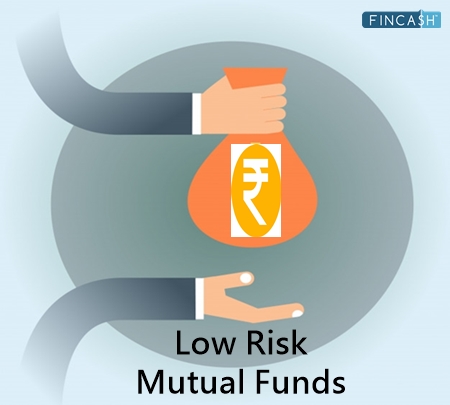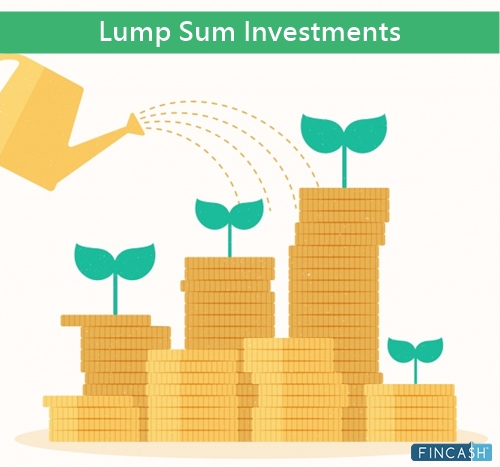
Table of Contents
6 Best Credit Risk Mutual Funds 2025
The credit risk fund is one of the categories of Mutual Funds introduced by the Securities and Exchange Board of India (SEBI) on Oct 2017. In simple terms, credit risk funds are a type if Debt fund that invest in corporate Bonds and commercial papers. These funds basically invest in low-rated bonds that may see an upgrade in rating in the future. As per definition by SEBI, the credit risk scheme will invest in AA and below the high-rated corporate bonds.
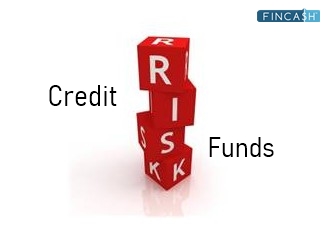
The credit risk mutual funds should invest at least 65 percent of its assets below the highest-rated instruments Generally AAA AA debt rated instrument.
How do Credit Risk Funds Work?
By Investing in low credit rated debt instruments which are below AA rated, credit risk funds aim for higher returns. It is believed that low credit rated debt instruments tend to provide higher returns as these funds are high-risk investments.
Usually, a debt instrument with an AA rating is considered to be riskier than one with AAA ratings. Credit risk fund managers may take a Call in investing in the AA instrument over AAA ones. This possibly could be because of the potential upgrade on the ratings later in the future or assured returns due to strong fundamentals.
The corporate sector shows positivity when the Economy of the country improves. Due to which there is an improvement in its finances and this leads to an upgrade in bond ratings issued by the company. An instrument with high rating generally offers a lower interest rate compared to the bond/instruments that come with a low rating. Therefore, when rating upgrades, it leads to a fall in yield and a rise in bond price. During the period of Economic Recovery, there are chances of rating upgrades and one can play this theme with credit risk funds.
Also, since these funds are known for its 2-3% extra returns than those of other risk-free debt funds, investors tend to invest in this fund by taking a little risk.
Who Should Invest in Credit Risk Funds?
Even though this fund belongs to the debt category, credit risk fund comes with a fair amount of risk. Investors should be aware that rise and fall are a frequent trait in such funds. Therefore, investors who can bear risk in their investments should only prefer investing in this fund. One with the low-risk ability should stay away from this fund.
Talk to our investment specialist
Top 6 Performing Credit Risk Mutual Funds FY 25 - 26
Fund NAV Net Assets (Cr) 3 MO (%) 6 MO (%) 1 YR (%) 3 YR (%) 2024 (%) Debt Yield (YTM) Mod. Duration Eff. Maturity DSP BlackRock Credit Risk Fund Growth ₹48.7368
↓ -0.03 ₹207 15.6 17.6 22.4 13.9 7.8 7.81% 2Y 2M 8D 2Y 11M 12D Aditya Birla Sun Life Credit Risk Fund Growth ₹21.9589
↓ -0.01 ₹970 6.4 8.2 17.1 10.6 11.9 8.29% 2Y 5M 16D 3Y 9M 29D Invesco India Credit Risk Fund Growth ₹1,914.26
↓ -1.62 ₹144 4.9 6.6 10.8 8.8 7.3 7.24% 3Y 1M 10D 4Y 3M 25D L&T Credit Risk Fund Growth ₹28.7837
↓ -0.01 ₹598 3.8 5.5 9.6 6.9 7.2 7.89% 2Y 2M 19D 2Y 11M 5D Nippon India Credit Risk Fund Growth ₹34.4867
↓ -0.01 ₹1,001 3 4.8 9.3 7.5 8.3 9.01% 2Y 4D 2Y 4M 10D SBI Credit Risk Fund Growth ₹45.0904
↓ -0.02 ₹2,255 2.8 4.7 9.2 7.6 8.1 8.51% 2Y 2M 12D 3Y 14D Note: Returns up to 1 year are on absolute basis & more than 1 year are on CAGR basis. as on 25 Apr 25
Things to Keep in Mind While Investing
a. Risk
Since these funds are risky, you need to have a high-risk appetite. You should be able to tolerate the risk in this fund.
b. Role of Fund Manager
Always go for an experienced and reputed fund manager. Check the past performance of the schemes managed by that fund manager.
c. Asset Under Management (AUM)
Check the AUM of the fund before investing. Ideally, when you invest in this type of fund, the size of the fund should be big. This is because their greater corpus helps in spreading out the risk and the scope of diversification is better.
How to Invest in Credit Risk Funds Online?
Open Free Investment Account for Lifetime at Fincash.com.
Complete your Registration and KYC Process
Upload Documents (PAN, Aadhaar, etc.). And, You are Ready to Invest!
All efforts have been made to ensure the information provided here is accurate. However, no guarantees are made regarding correctness of data. Please verify with scheme information document before making any investment.
